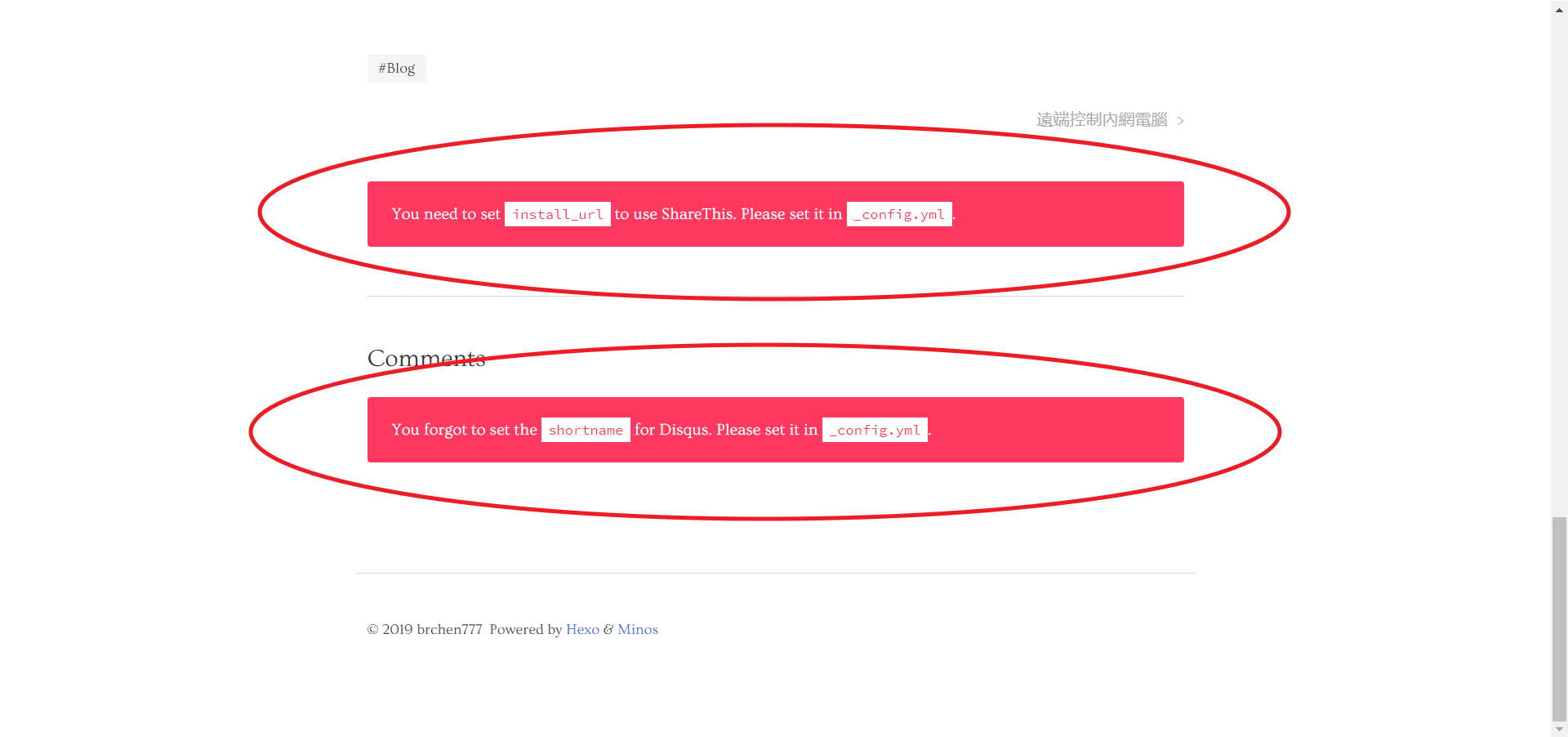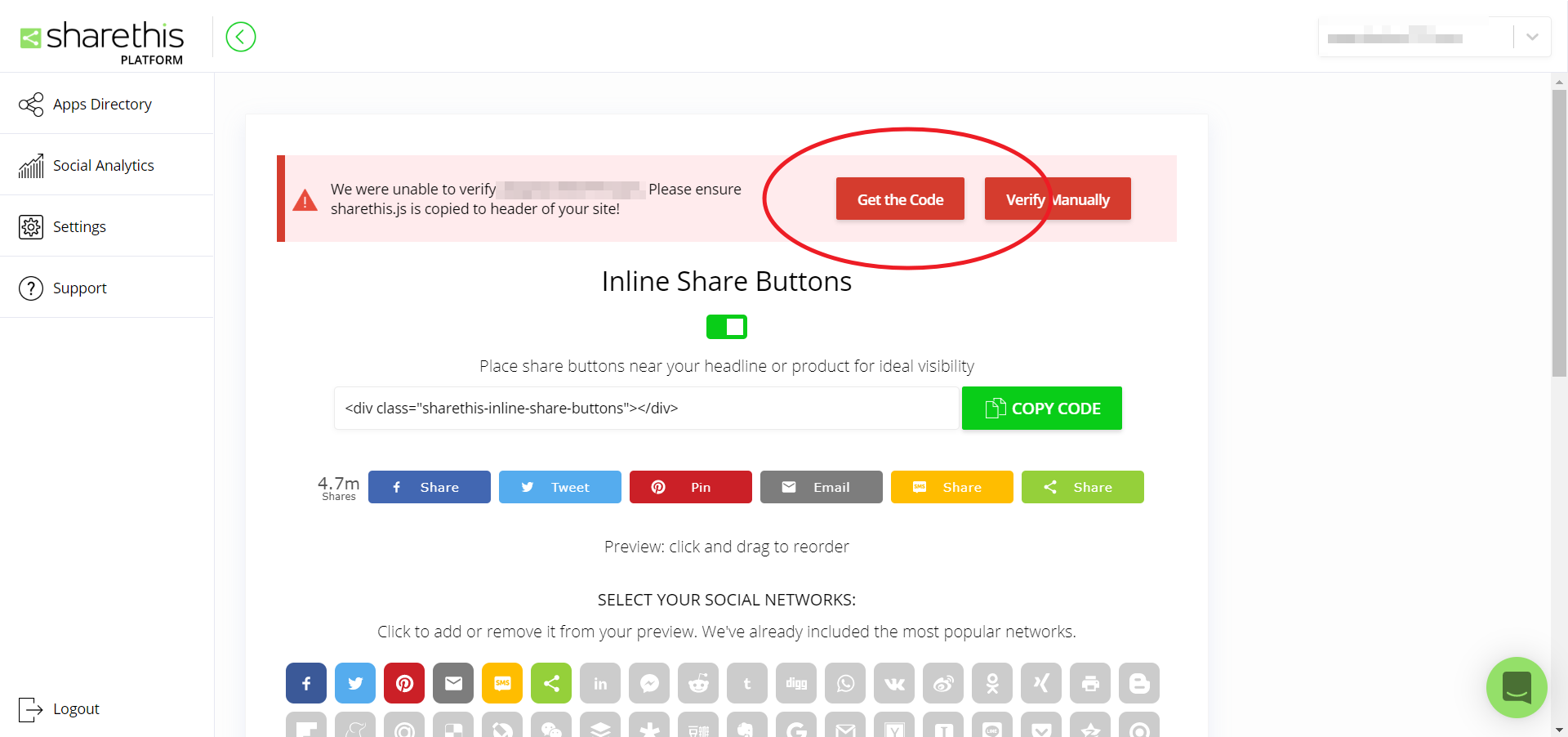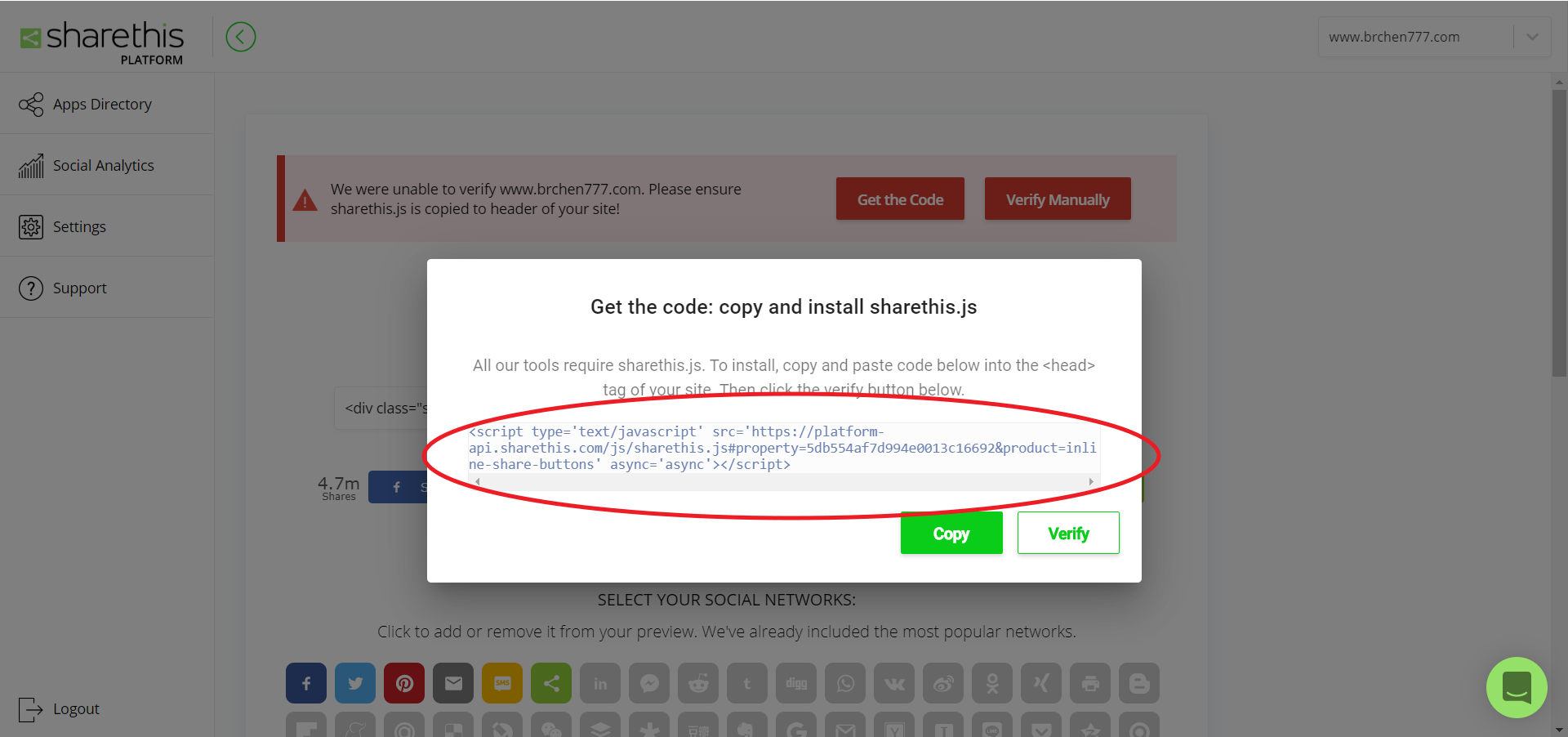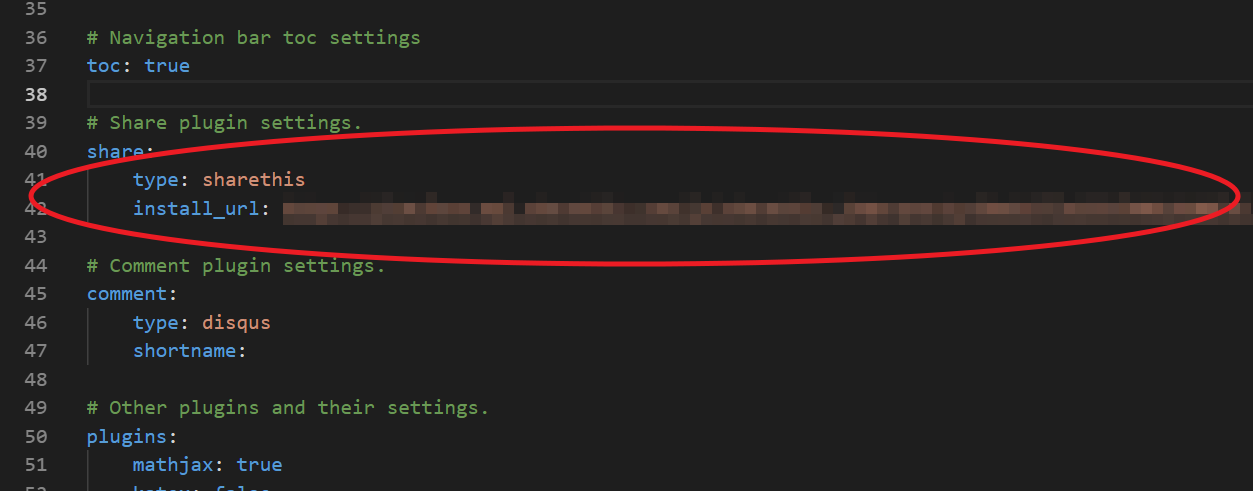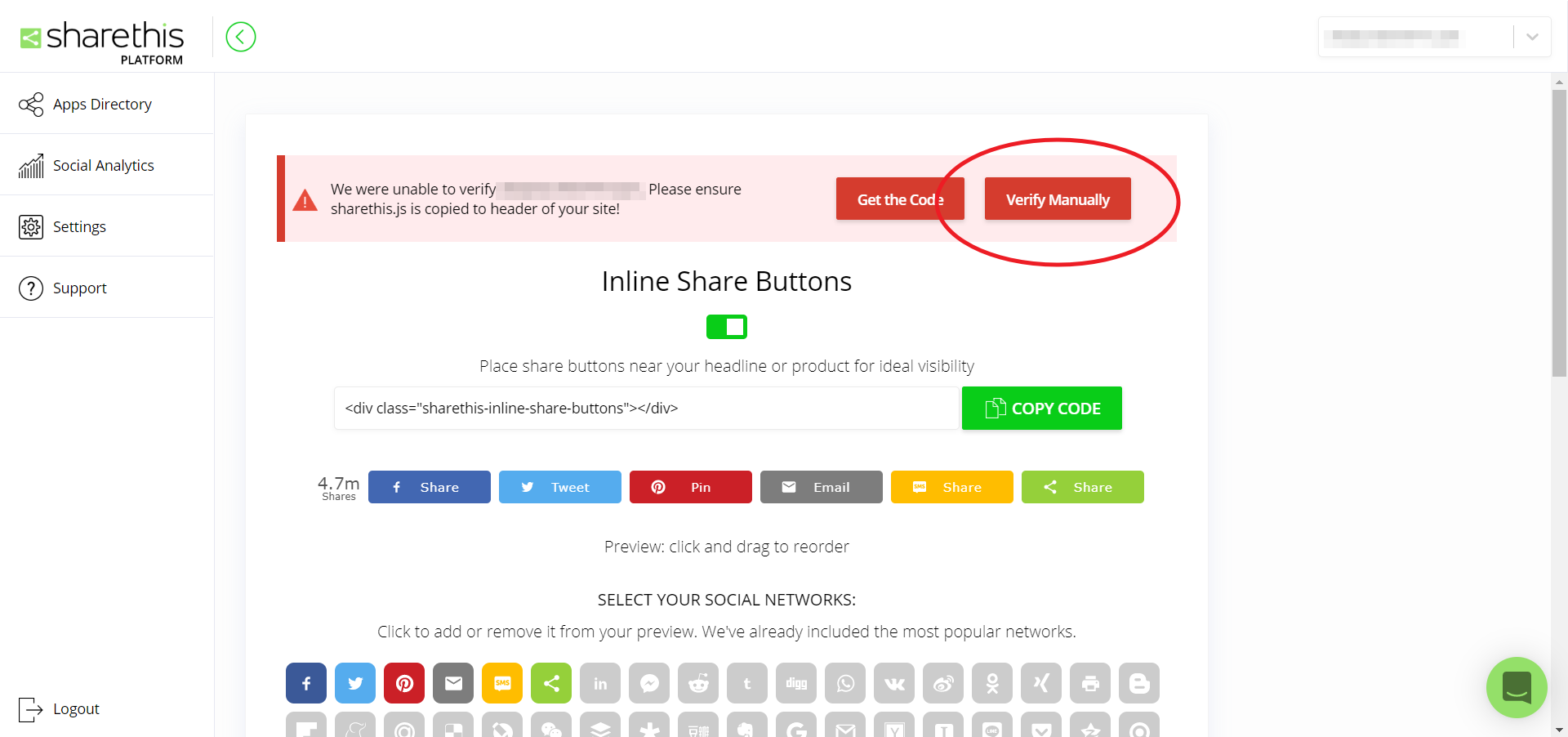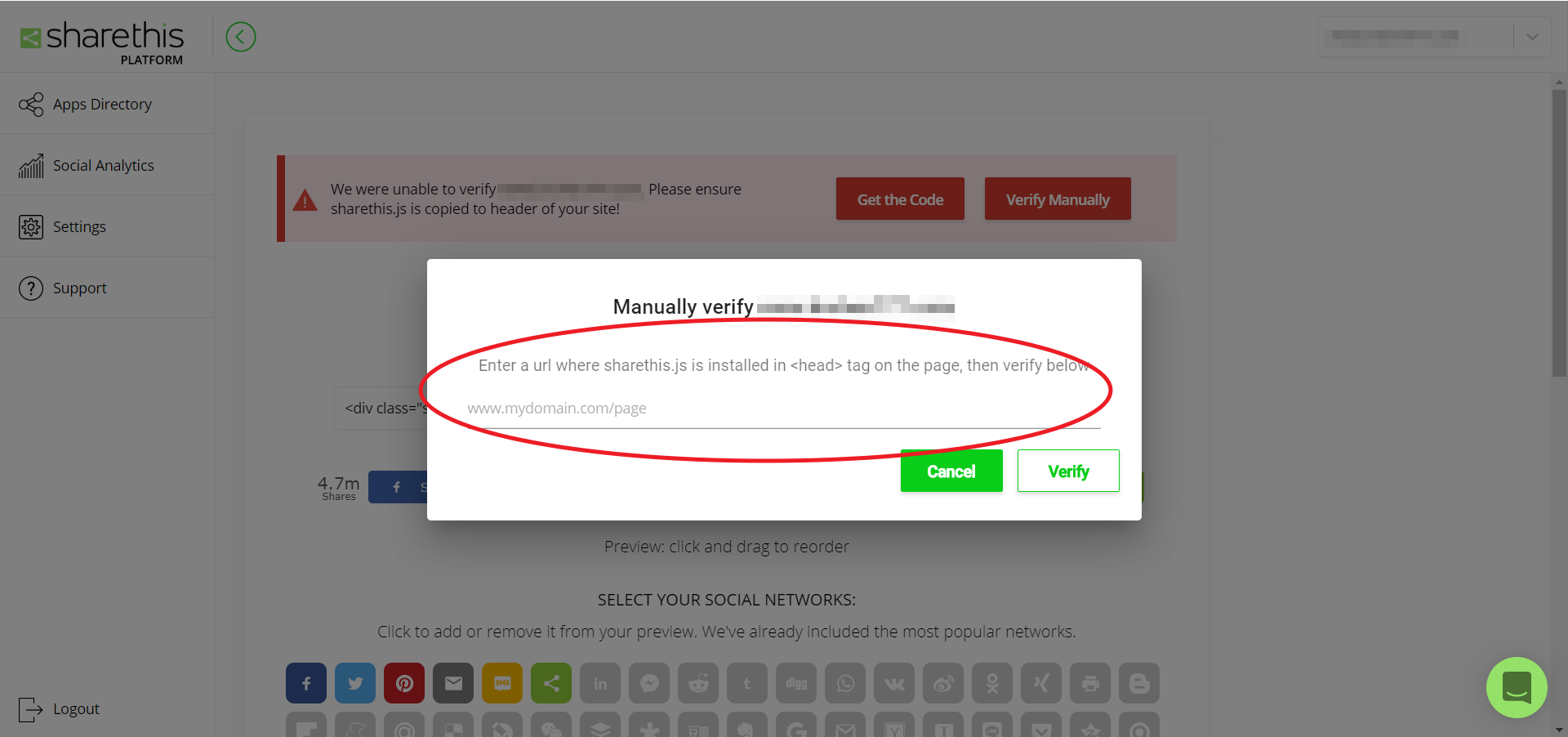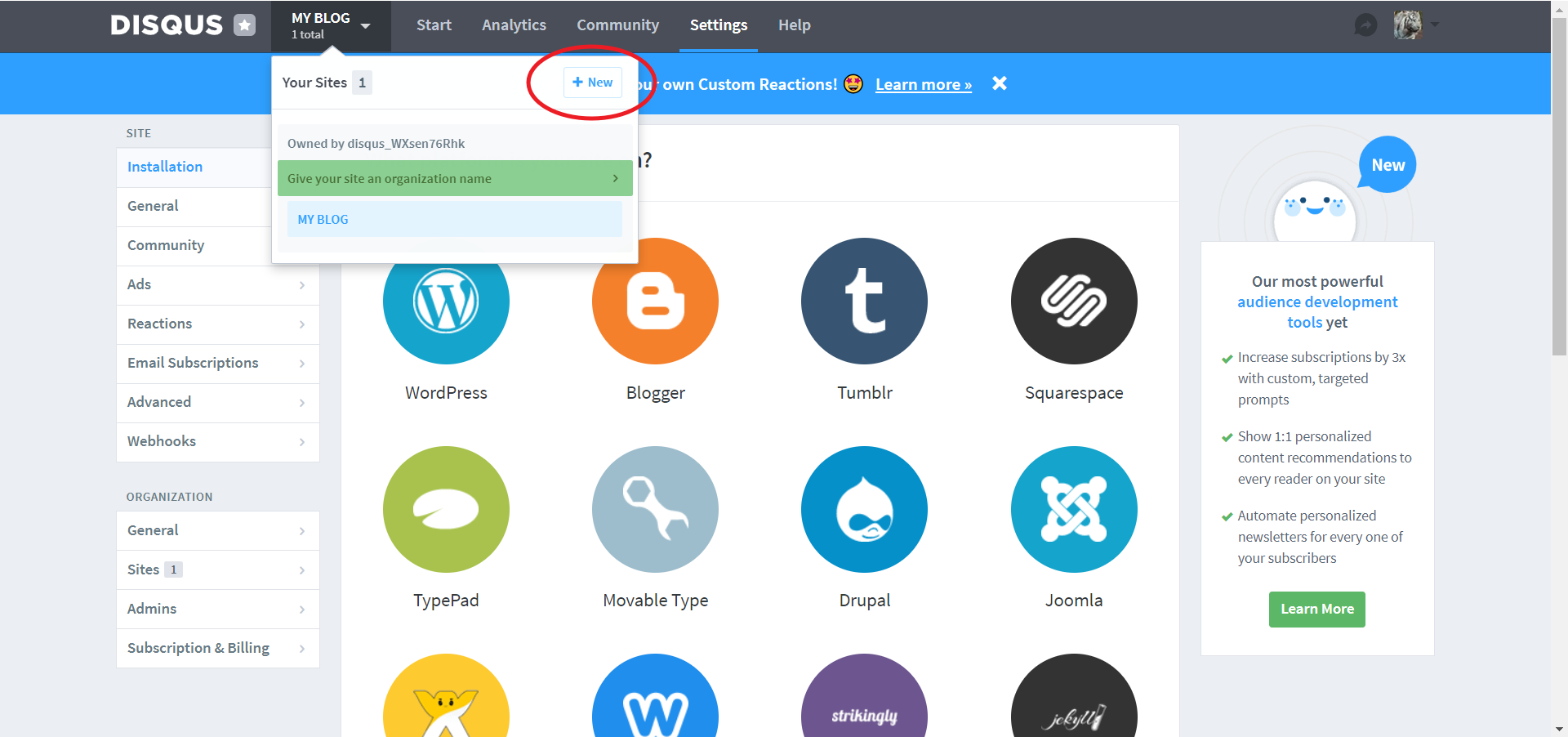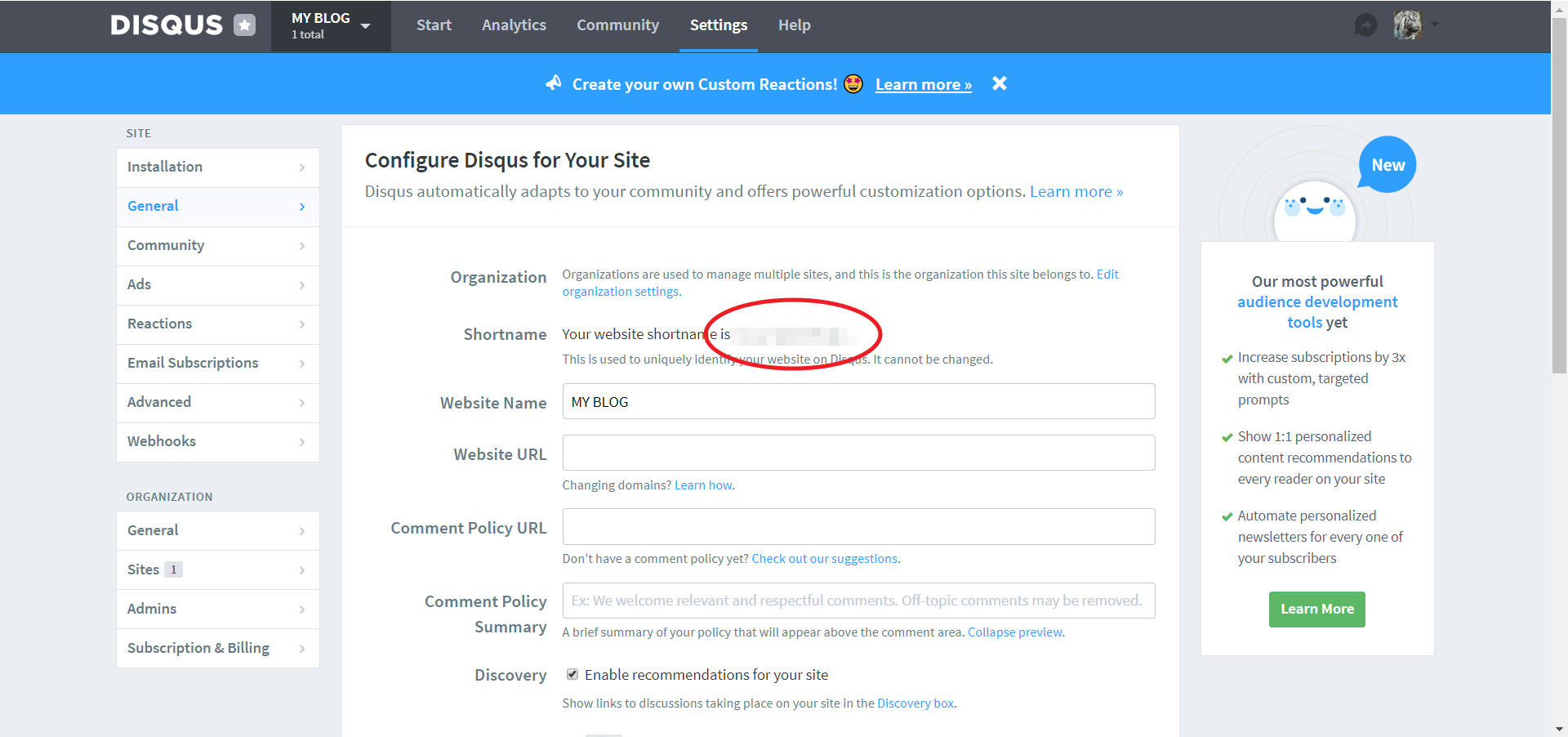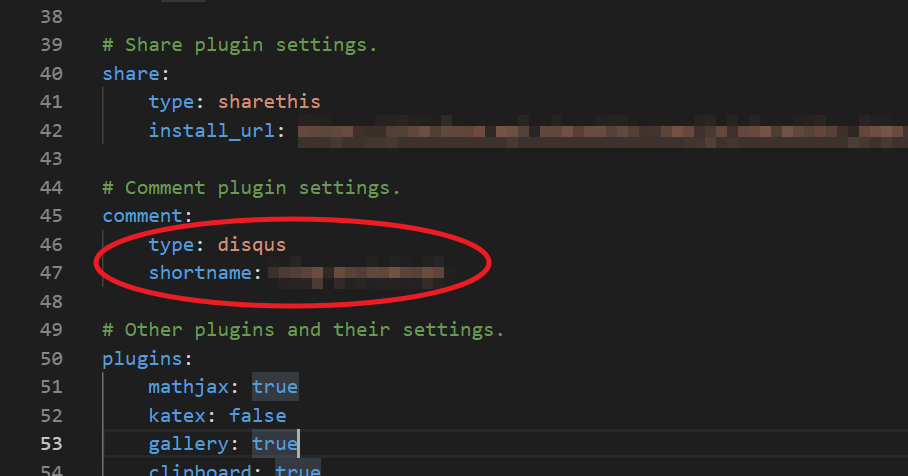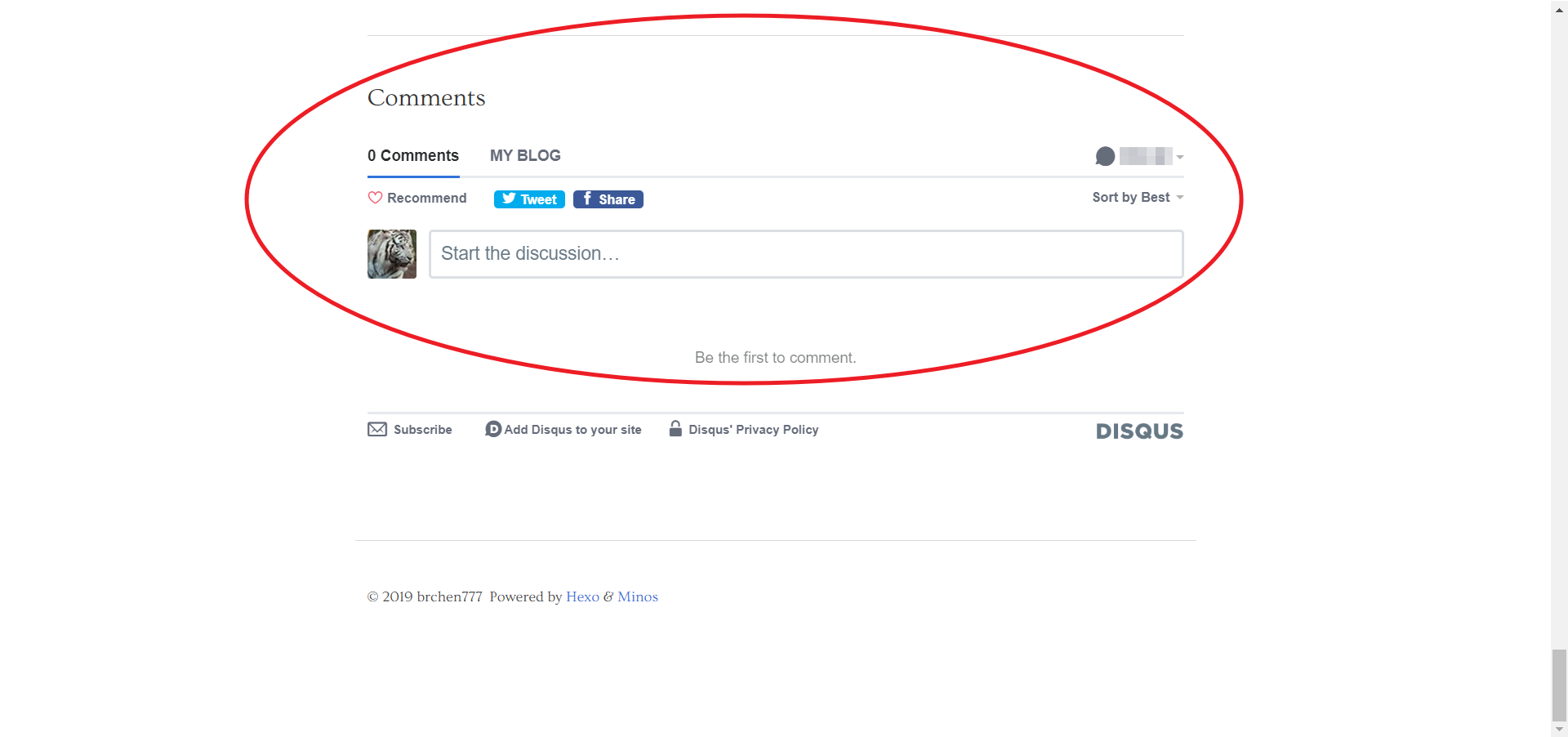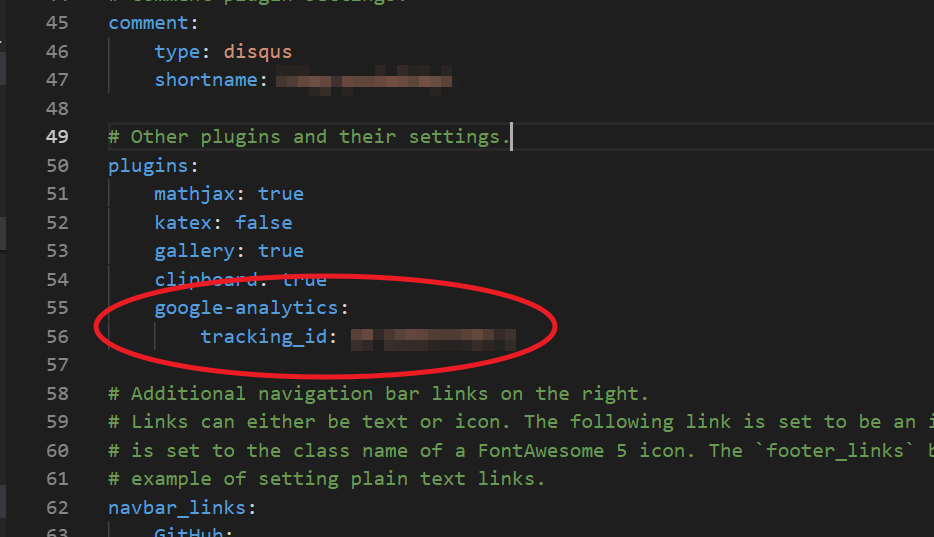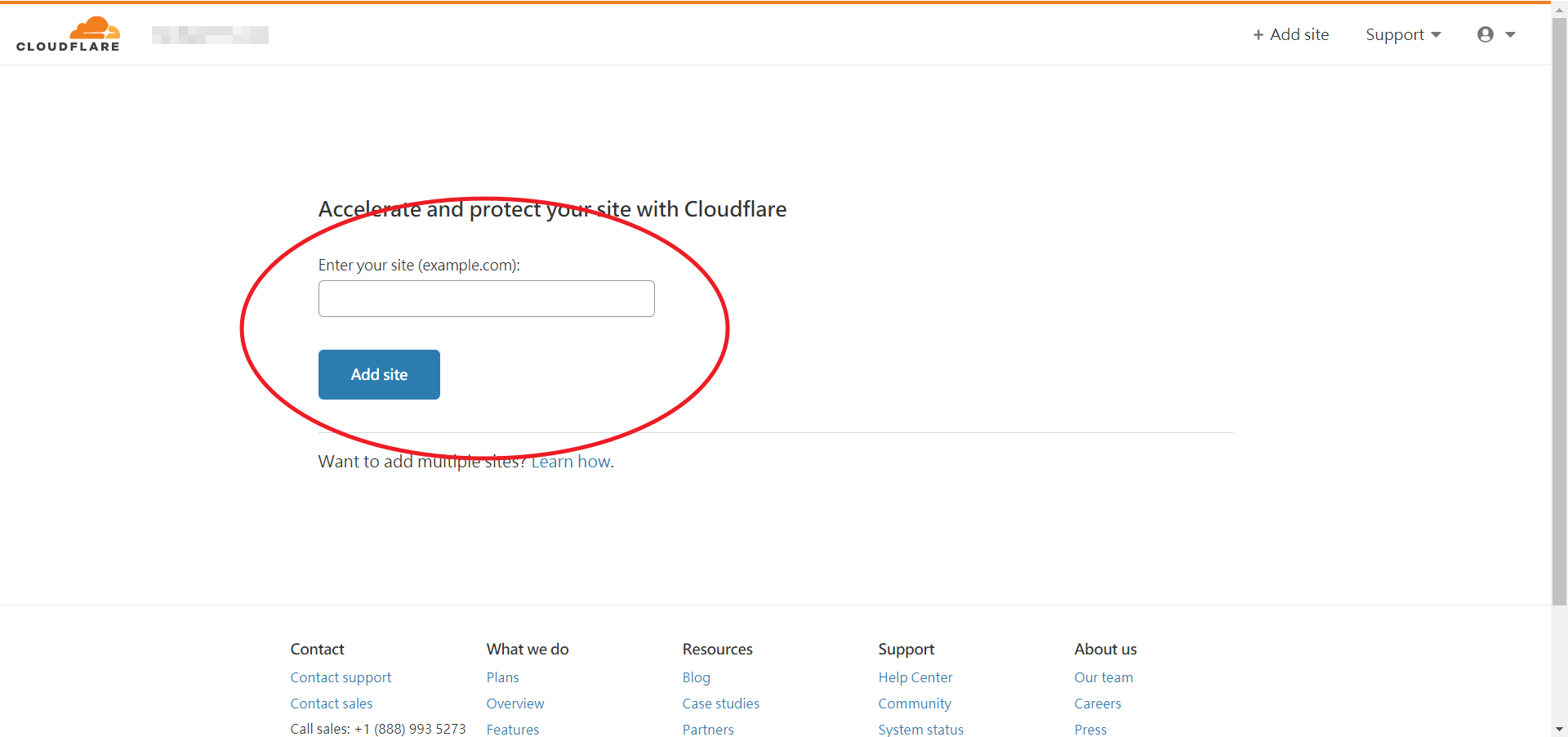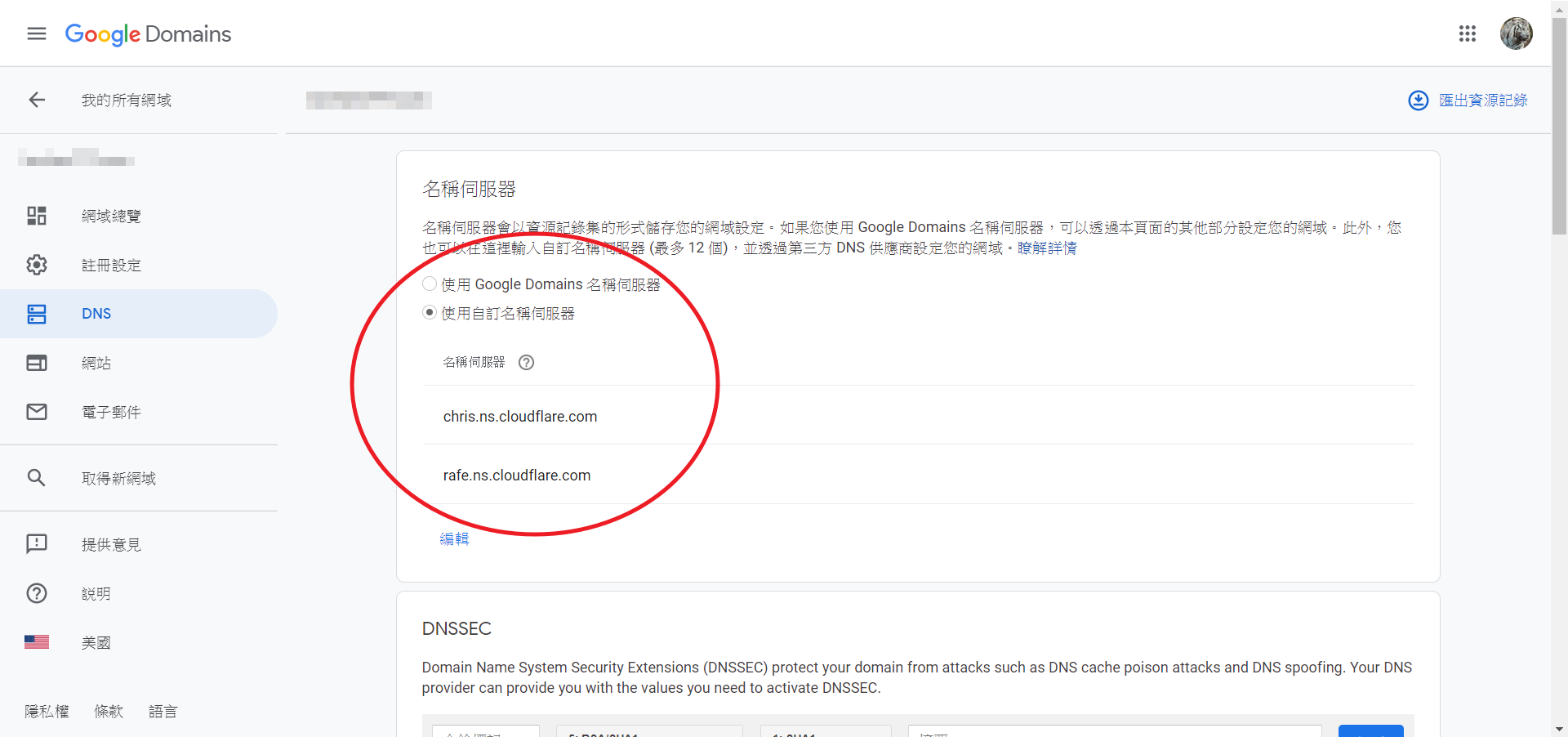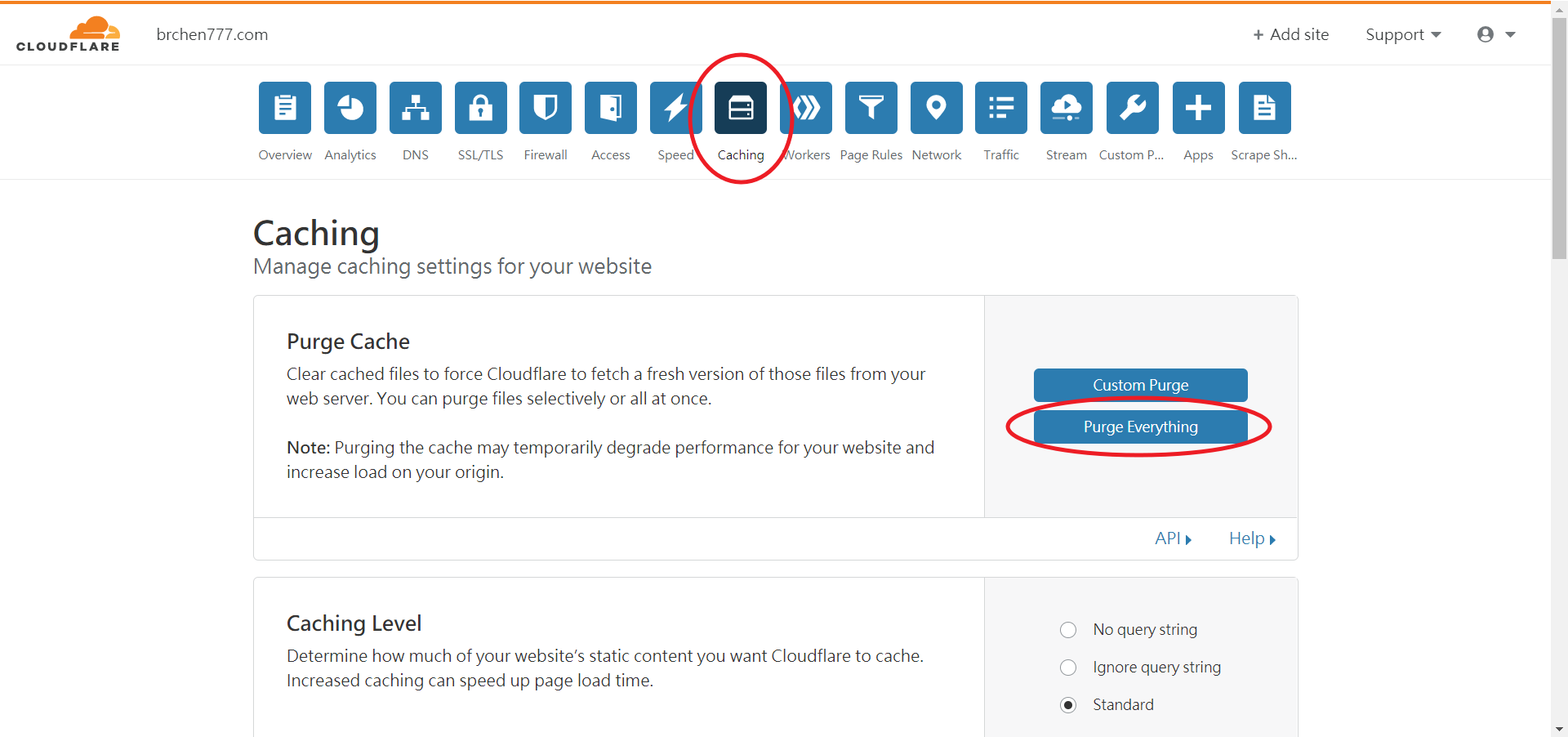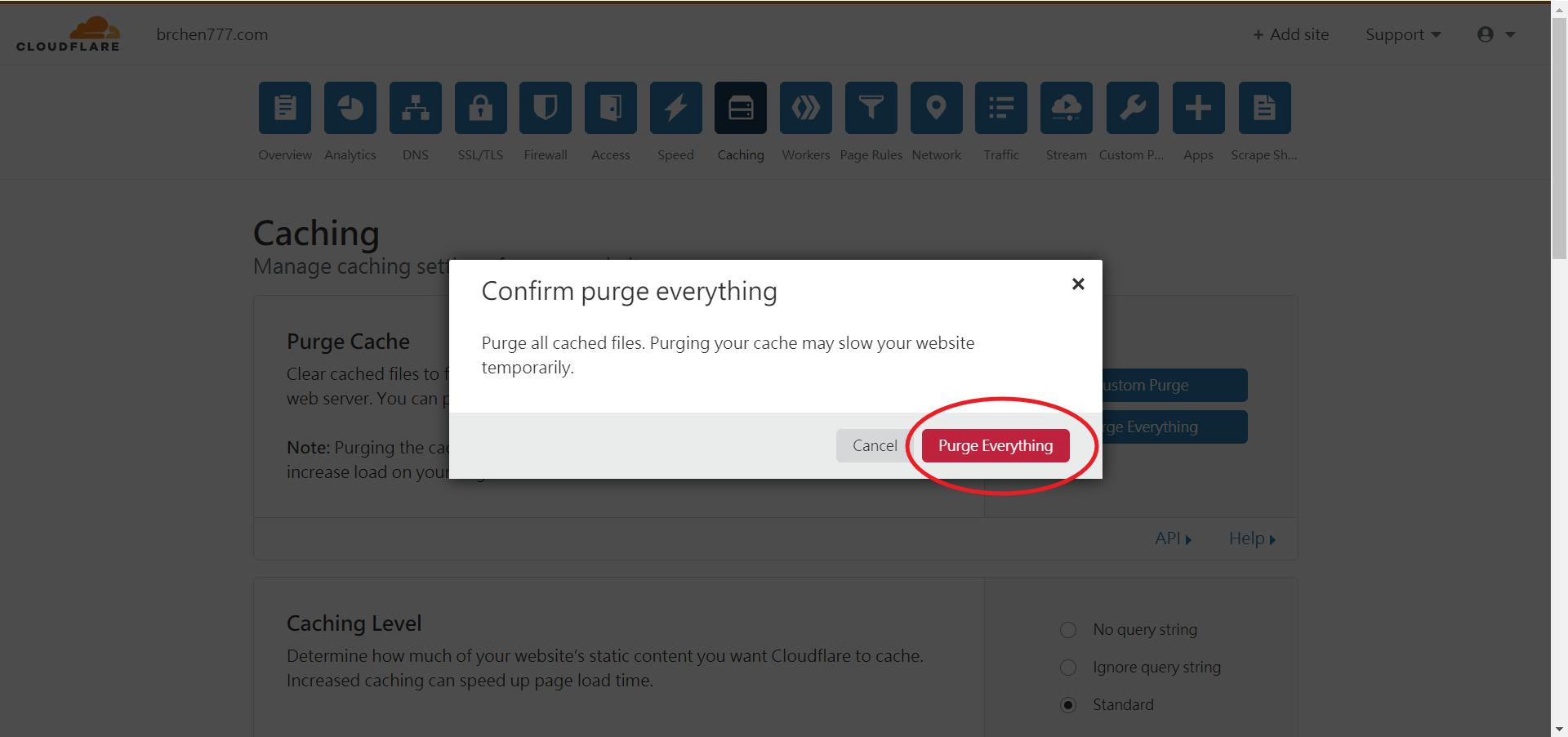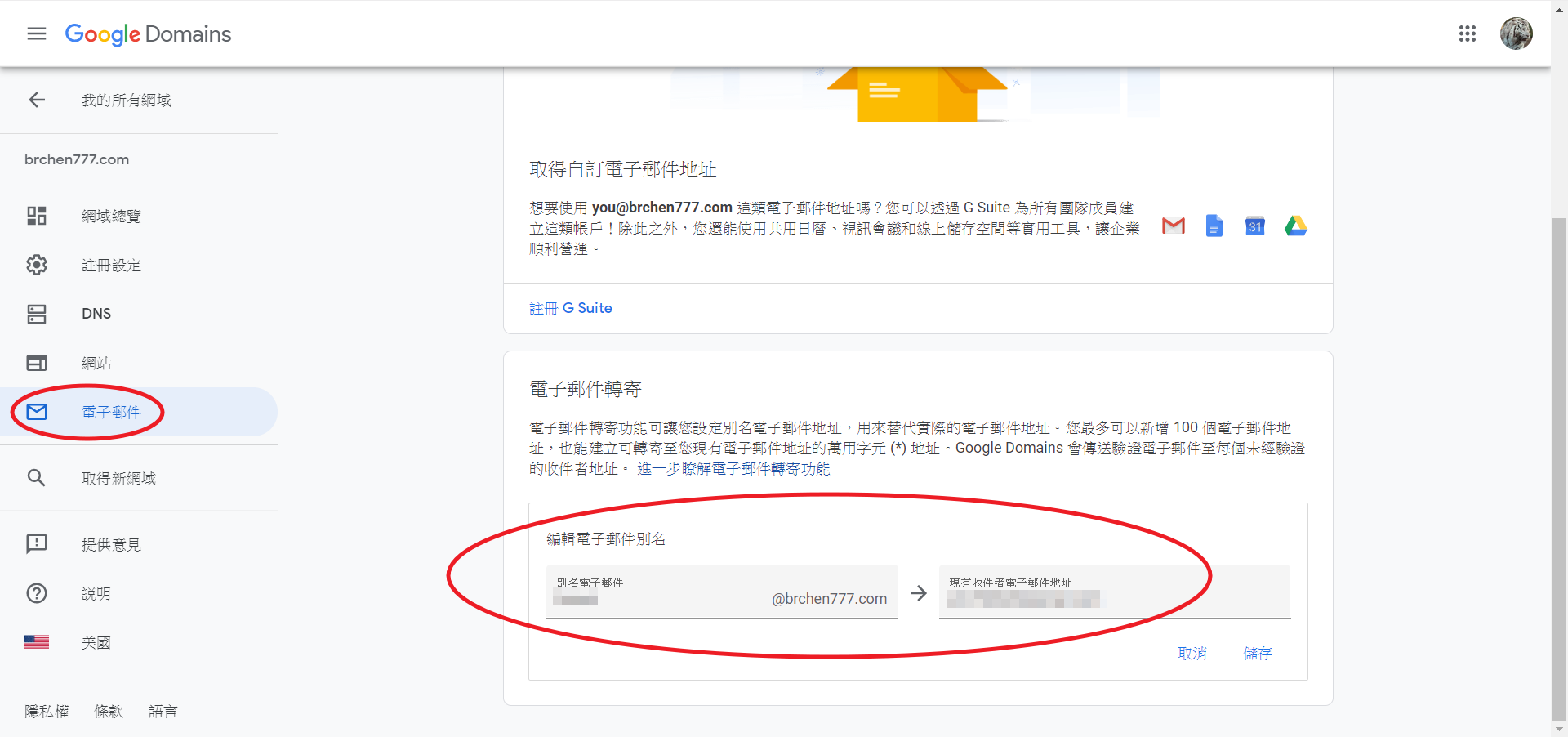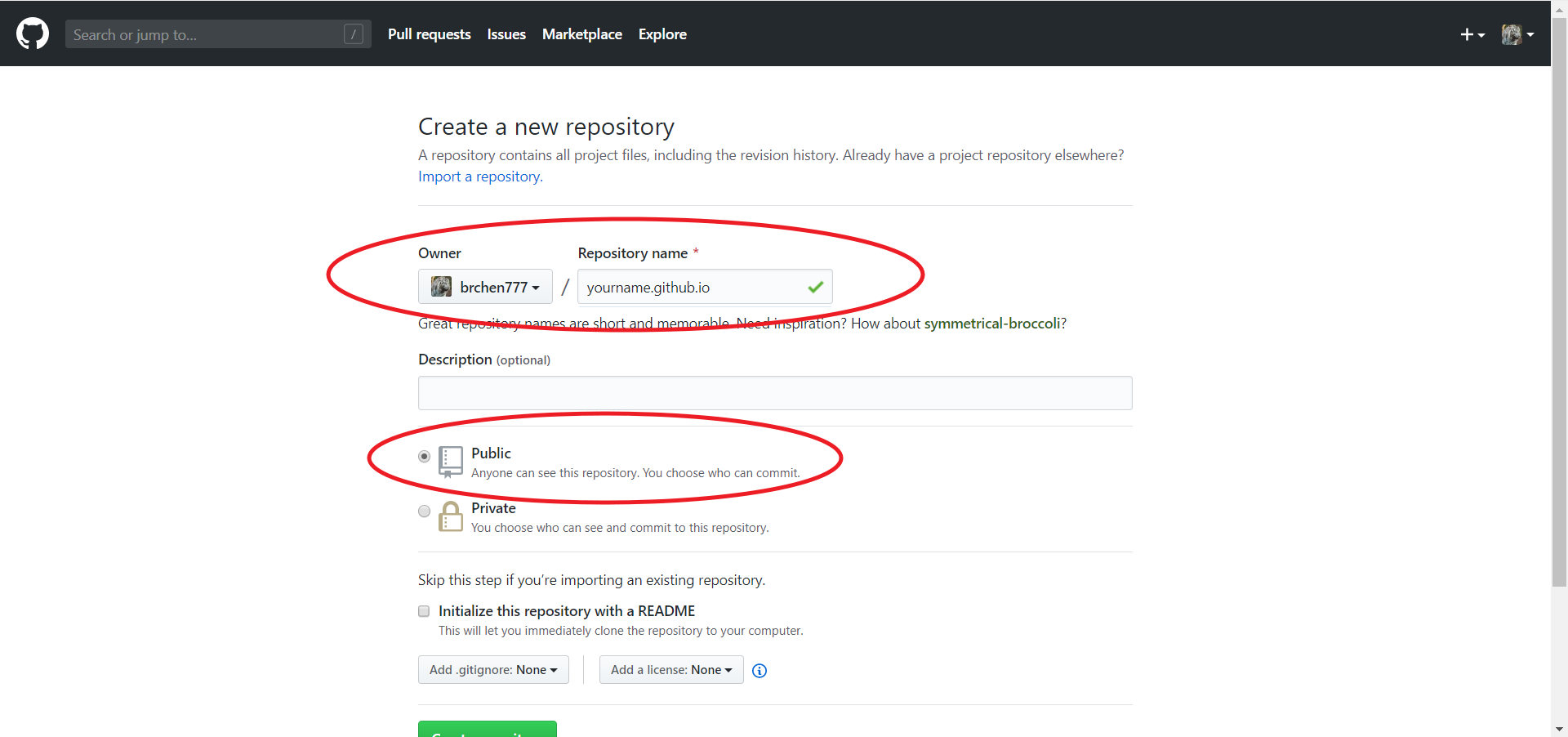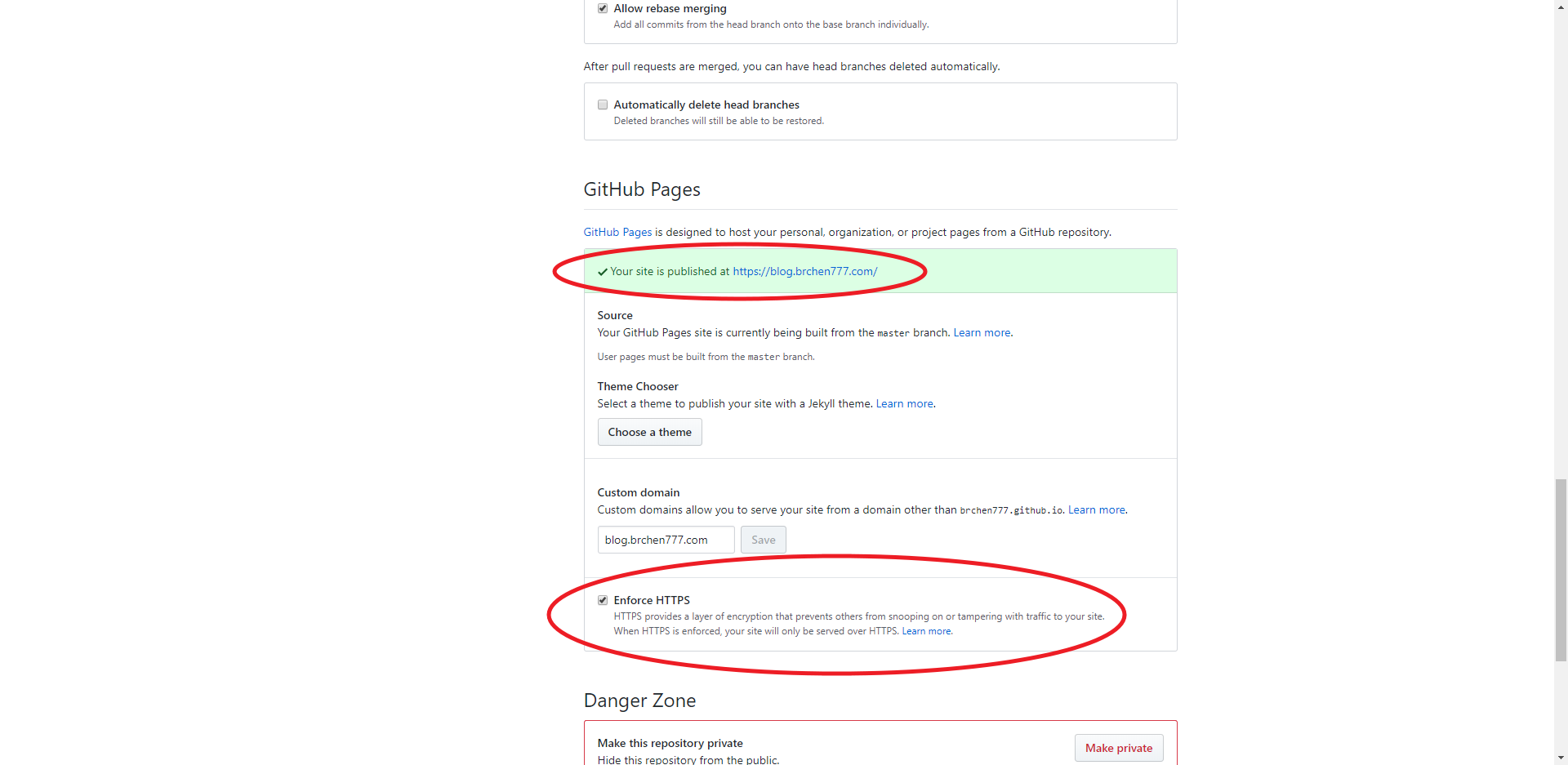緣由
發文或登入時阻擋機器人 (bot)
版本
v3:分數驗證 (Google 會回覆 0~1 之間的分數)
v2:問題驗證 (要回答 Google 問的圖形之類的問題)
(1) checkbox:勾選 “我不是機器人” 來驗證要求
(2) invisible:藏在背景,有疑慮才需驗證
步驟
申請 reCaptcha key
這裡以 v2 checkbox 為例
先到 這裏 申請
介面如下: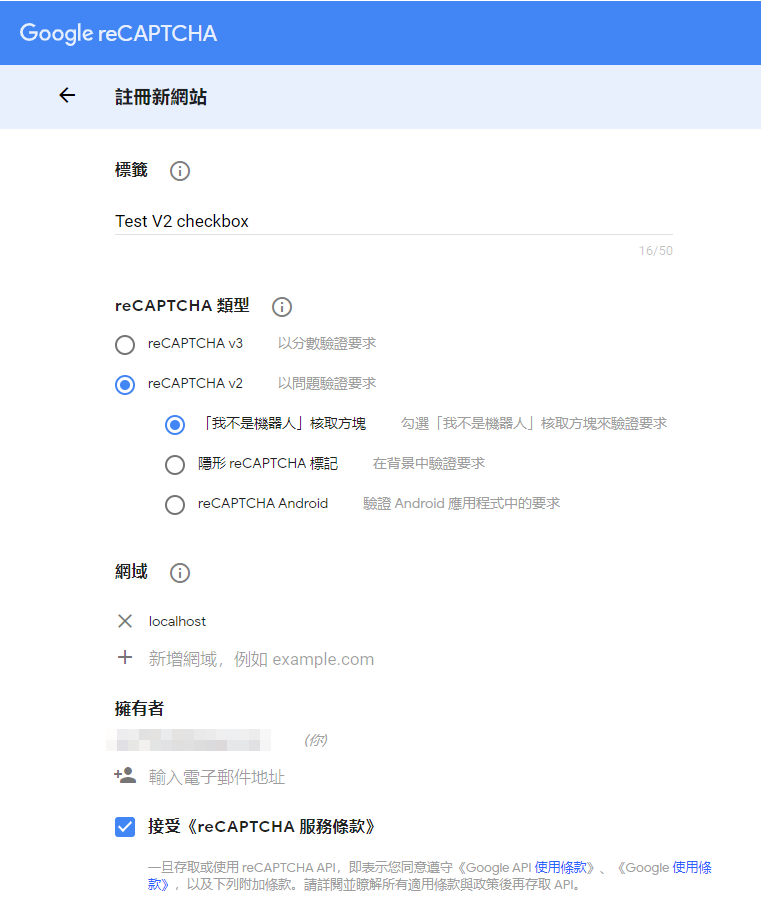
標籤填名稱
類型勾選 “v2” -> “我不是機器人核取方塊”
網域填寫網址或是 app 的 package name,如果是本地端測試也要填個 localhost 與 127.0.0.1
複製 key
網站金鑰 (site key) 是前端用
密鑰 (secret) 則是後端用 (請保存好,小心外洩)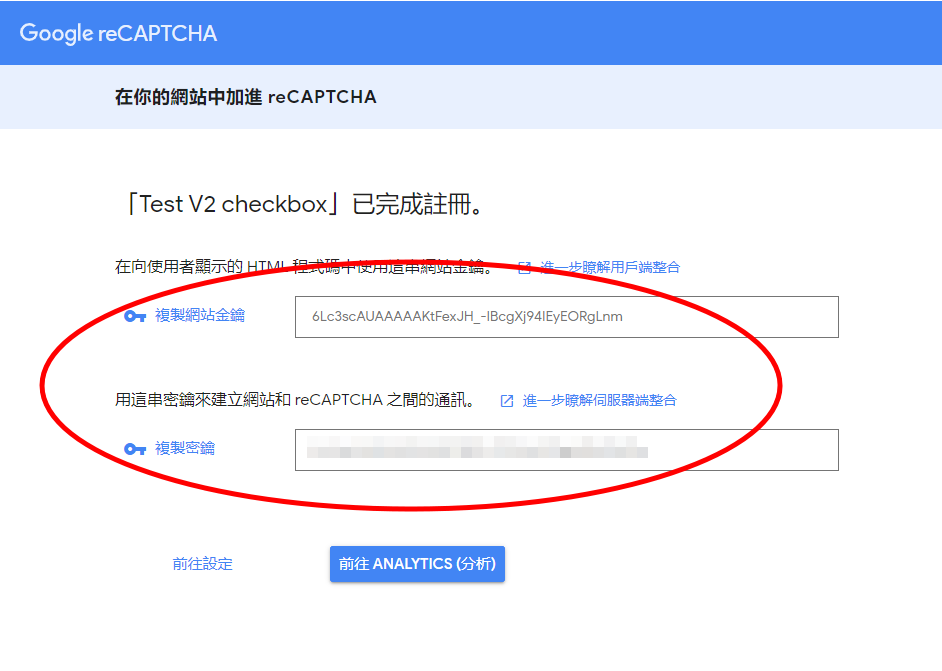
前端範例
以金鑰 = 6Lc3scAUAAAAAKtFexJH_-IBcgXj94IEyEORgLnm 為例
client.html 範例
在這邊模擬一個登入畫面
第 14 行;html 內放一個 hidden tag
recaptcha-token來存 token第 17 行;html 內放一個 div tag
recaptcha來放 checkbox第 19 ~ 20 行;底下再 load
https://www.google.com/recaptcha/api.js與./recaptcha.js
1 | <!DOCTYPE html> |
recaptcha.js 範例
第 9 ~ 13 行;recaptcha 功能綁定到
recaptchadiv 上第 16 ~ 18 行;render 的 callback 把拿到的 token 存回
recaptcha-token內之後就能利用 form post 把 account、password、token 一起傳給後端
1 | const myForm = document.getElementById("myForm"); |
Android 範例
請參考 這裏
iOS 範例
請參考 這裏
後端範例
這邊使用 express 來開一個後端 Server,axios 來發 request
要特別注意的是 siteverify API 雖然 method 是 POST
但只能用 querystring 來傳遞額外參數
第 12 行;接收 token 等參數
第 18 行;把
__your_secret__替換成申請的密鑰第 15 ~ 21 行;把 secret、token 當參數 request siteverify API
第 22 ~ 31 行;收到 siteverify API 的 Response,如果 success 是 true,代表驗證成功,第 24 行以後可作後續的 login 行為
1 | const axios = require("axios"); |
成品畫面
如有設定成功的話會如以下畫面:
備註:如果 “我不是機器人” 區塊沒出來的話可去 控制台 確認有沒有把網域加進去
Error Code
如果 response 內的 success === false 時error-codes 會有錯誤訊息的 code
詳細可參考 這裡
